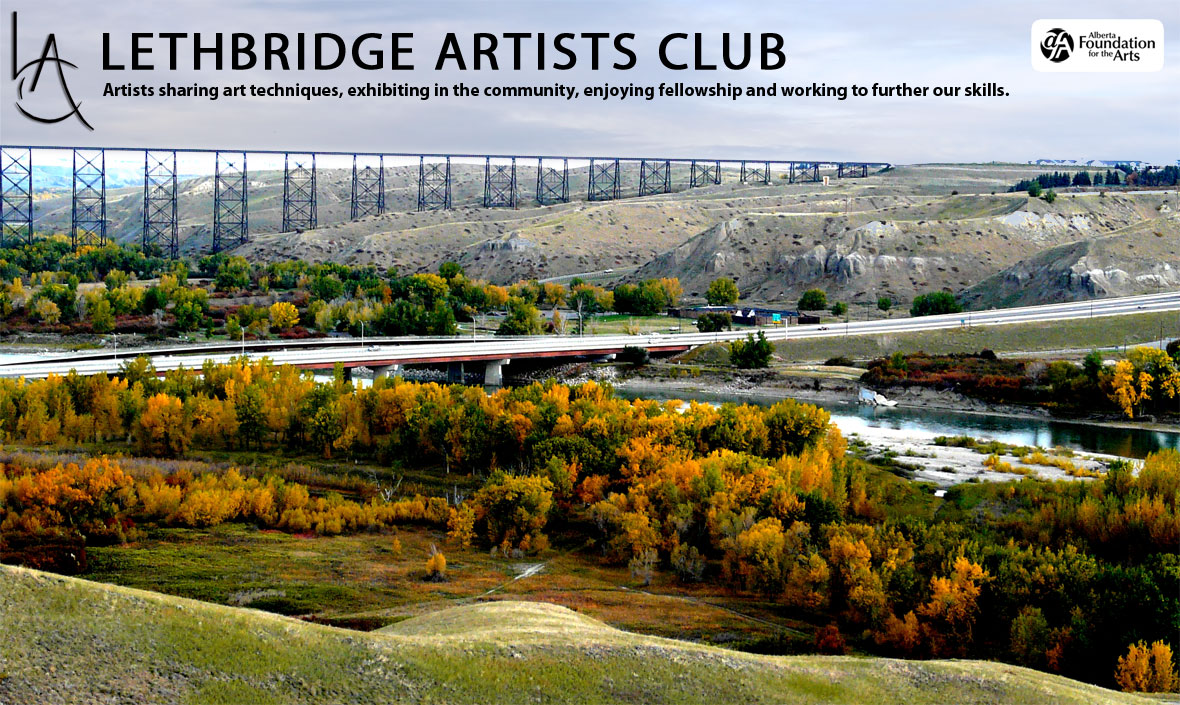
By Richard Mckinley
Visually, we are closer to the portion of the ozone layer, which is the blue of the sky, directly above our heads. The farther we look into the distance, toward the horizon, the lighter it appears. Landscape artists often embellish this effect by darkening the sky at the top of a painting and lightening it towards the horizon to magnify the appearance of depth within a painting. The intensity, or chromatic brightness, of a blue sky also diminishes as it recedes toward the horizon. This is due to the compounding of reflective light across the surface of the landscape. It is more pronounced when the sun is positioned lower in the sky. The farther into the distance you can see, unencumbered by mountains and trees, the more evident the effect. Typically, painters will start with a rich dark blue-violet at the top of the sky, transition to blue in the mid section, and place a lighter, slightly grayed, blue-green nearer the horizon. In some instances, a dull pink may appear right on the horizon, especially in distant desert or water landscapes.
The sky is an important element in painting the atmospheric effects of an overcast landscape, as seen in Malheur Rain (en plein air pastel, 11×14). In higher elevations, landscapes tend to have darker, deeper blue skies due to the closer proximity to the ozone layer and the thinness of the air. When painting this type of sky, don’t be afraid to make the sky a darker value and more intense in color than in a wide-open, lower elevation, scene.
To represent the quality of light and heighten the luminosity of a painted sky, many pastel painters fracture color, utilizing an analogous (brother/sister) system of color application and leave it unblended. An example for a blue sky would be a broken application of blue, blue-violet, and blue-green pastel. This system works well for clouds as well. The Landscape On a Cloudy Day: Overcast skies are often thought of as being cool in terms of color temperature. While the filtered mixture of warm sunlight and cool ozone light may appear colder in temperature than direct sunlight, the light emitted from an overcast sky is really a warm gray. Even if there appears to be cool blue/violet shadows in the clouds, as happens during an intense thunderstorm, they are never as chromatically bright as the clear blue of the ozone. Utilizing various analogous hues of gray will also create more luminosity, just as it does for a blue sky.
Submitted by Janet S. (Courtesy of Richard Mckinley)
